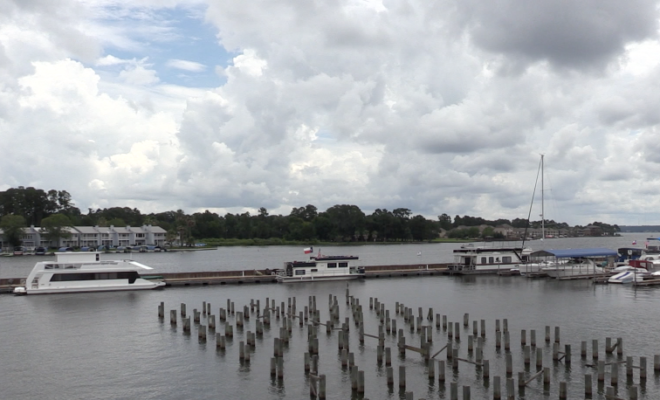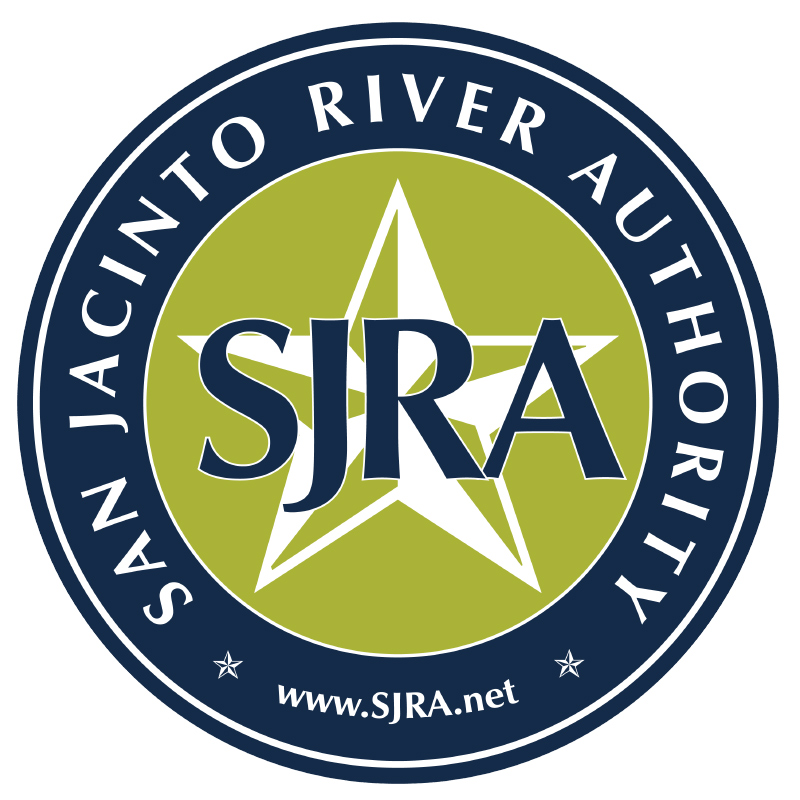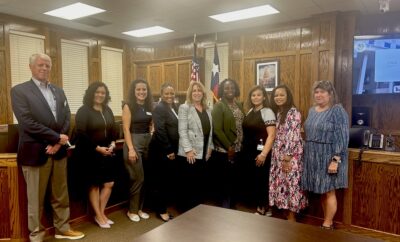
News
Lake Conroe Temporary Lake Lowering Strategy to be Reconsidered in Feb. 2020
CONROE, TX – At its February 2020 board meeting, the San Jacinto River Authority (SJRA) Board of Directors will consider renewing the current flood mitigation strategy of temporarily lowering Lake Conroe during the spring and fall rainy seasons.

The strategy of lowering Lake Conroe on a seasonal basis – one foot in the spring and two feet in the fall – is intended to provide flood mitigation benefits for downstream residents by increasing capacity to catch rainfall and runoff in the lake. The strategy is reviewed annually and is authorized by both the SJRA Board of Directors and the City of Houston since the two entities each own water rights in Lake Conroe. This year’s seasonal lowering of Lake Conroe ended October 1st.
After Hurricane Harvey, the SJRA Board of Directors and the City of Houston were called upon by the State of Texas to participate in regional strategies to reduce flooding. The temporary lowering of Lake Conroe has shown benefits in terms of reducing releases from Lake Conroe during storm events. SJRA and downstream communities realize and understand the negative impacts that the strategy can create around Lake Conroe and ask for understanding while this temporary mitigation strategy is in place.
Seasonal Lake Lowering Facts
Who: The City of Houston and the SJRA collaborate on the decision to temporarily lower Lake Conroe for flood mitigation because it effects the water supply of both entities.
What: Seasonal lake lowering is a temporary flood mitigation initiative to increase the capacity of Lake Conroe to catch rainfall and runoff while long term and short term flood mitigation strategies are implemented downstream.The motion made by the SJRA Board, as it appears in the Board meeting minutes, states that the intent of the proposal is to provide “a near-term, temporary flood mitigation benefit while more permanent mitigation strategies, such as dredging of the lower West Fork, are completed.”
When: Seasonal lake lowering occurs twice annually – first in April/May and second in August/September.
How: In the spring, releases begin on April 1st. SJRA gradually reduces the level of Lake Conroe to 200’ mean sea level (msl)—one foot below the normal Lake Conroe pool level of 201’ msl. Starting on June 1st, SJRA recaptures flows to restore normal lake elevation to 201’ msl.
In the fall, releases begin on August 1st. SJRA gradually reduces the level of Lake Conroe with a goal of reaching 200’ msl by August 15th. After August 15th, gradual lowering continues with a goal of reaching (and maintaining) 199’ msl—two feet below normal pool—by August 31st. Starting October 1st, SJRA begins to capture flows to restore normal lake elevation to 201’ msl.
If the lake level has already dropped to the target elevation due to evaporation, no releases are made. If a storm enters the forecast while seasonal releases are being made to lower the lake level, releases are stopped and the river is allowed to drain out until rainfall is out of the forecast.
Frequently Asked Questions
1. Is there science behind this decision? Yes. Two engineering reports were prepared in early 2018 showing the benefits in terms of flood mitigation and the potential negative impacts to water supply. These reports as well as additional information about seasonal lowering can be found on the website at: www.sjra.net/floodmanagement/.
2. Has it worked? Is there real value in terms of flood mitigation?Yes. Looking at recent rainfall events, seasonal lowering resulted in both lower peak lake levels during the storm and lower release rates from the dam. For example, the spring 2019 seasonal lowering created an additional one foot of storage space to capture rainfall in early May 2019 when storms hit the Conroe and Lake Houston areas. Lake Conroe caught significant rainfall and runoff during the storms causing the lake to rise more than a foot. If Lake Conroe had entered this event at or near full, the peak release rate would have been higher thereby increasing the peak flow in the West Fork of the San Jacinto River.
Seasonal lowering also reduces the peak lake level during storms, which reduces negative impacts around the lake such as damage to docks and other personal property.
Data for the May event, and for all releases from the dam, including those during seasonal lowering periods, can be monitored by visiting SJRA’s home page at www.sjra.net. Click on the “Lake Operations and Rainfall Dashboard.”
3. What is the cost of the release? Lake Conroe was built as a water supply reservoir in the 1970s through a partnership between SJRA and the City of Houston. Two thirds of the water in Lake Conroe belongs to the City of Houston and one third to SJRA. The City of Houston can call for the release of its water at any time, and water supply reservoirs are built to fluctuate as demands or operational needs dictate.
Releases such as those made for dam repairs and seasonal lowering are not charged to any particular customer, therefore it is not possible to assign a value to the water released. In addition, temporary, non-customer releases do not reduce long-term water supplies, therefore they are not considered lost revenue.
4. Is this a permanent program? No. Seasonal lowering is a temporary flood mitigation strategy that must be reconsidered each year by the City of Houston and the SJRA Board of Directors while more permanent mitigation strategies, such as dredging of the lower West Fork, are completed.
5. How do I make my opinion known to the Board? The SJRA Board of Directors welcomes input regarding the seasonal lake lowering strategy. If you would like to contact the Board please visit www.sjra.net/about/board/ or email floodmanagementdivision@sjra.net.

One of the major river authorities in Texas, SJRA’s mission is to develop, conserve, and protect the water resources of the San Jacinto River basin. Covering all or part of seven counties, the organization’s jurisdiction includes the entire San Jacinto River watershed, excluding Harris County. For additional information on SJRA, visit www.sjra.net, like SJRA on Facebook @SanJacintoRiverAuthority, follow the organization on Twitter @SJRA_1937, or Instagram @sanjacintoriverauthoritysjra.




























